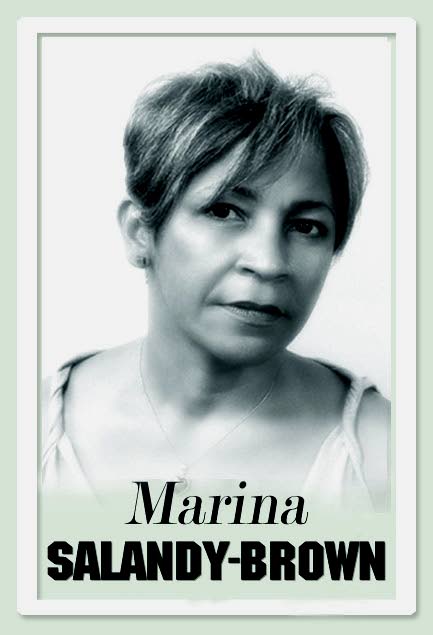An existential threat

Anyone hearing this expression might immediately imagine the threat is from the novel coronavirus that is sweeping across the world, wreaking havoc. Yet covid19 is just one existential threat that’s afoot.
Egypt used the words last week at the UN in relation to the new and highly controversial Grand Ethiopian Renaissance Dam. The dam threatens the potential loss of river Nile water that emanates thousands of miles away in the mountains of East Africa and flows into the Mediterranean, giving, en route, life to the African country with the oldest record of a great and ancient civilisation and now home to 100 million people.
Every child learns that the longest river in the world is the Nile, running over 4,000 miles from its source to the sea. It is also most closely associated with Egypt, so that the ancient pyramids and Pharaonic history are synonymous with the great river.
Only when I studied Arabic did I learn that the Nile travels through around a dozen other countries and has two sources: the White Nile and the Blue Nile. The former originates probably in Rwanda (nobody knows for sure) and the other in Ethiopia, eventually uniting in Sudan to form the single waterway that reaches Egypt further north.
The ancient Greek historian Herodotus described Egypt as the gift of the Nile, and it has been for millennia, but it really does face an uncertain future. I would say that it is one of the most underestimated human and ecological disaster zones today, and like most disasters, it has a politico-economic dimension.
The rot began to set in back in 1970, when the Aswan High Dam was opened in Upper Egypt to trap the Nile in a massive reservoir to regulate its flow, provide a constant fresh water supply for drinking and irrigation and to create electricity.
The ecological impact may have been considered, maybe not. Historically, the Nile flooded annually, leaving behind silt as it ebbed away, making the land extremely fertile and able to support abundant animal, plant and human life.
The Aswan Dam changed that. Gradually, the dam has silted up instead and few of the nutrients make it downriver, resulting in reduced fertility and agricultural output, increased disease, erosion of the Nile Delta, salination of the river itself, affecting the nature of agriculture, and even impoverishment of the fishing industry.
In some ways it was an act of power by Gen Abdel Nasser during the Cold War period to use Soviet money and expertise to erect the controversial dam and develop Egypt on its own terms. He had already nationalised the Suez Canal in 1956 and now he boasted the largest dam in Africa.
Nasser’s hubris in excluding Ethiopia from any say in its erection and the flow of water has come back to haunt Egypt. Ethiopia has now begun its own super massive dam – the Grand Ethiopian Renaissance Dam (GERD) – the largest hydroelectric power plant in Africa, funded by China. Eventually it will contain 74 billion cubic feet of water from the Blue Nile (enough to swamp the island of Trinidad).
For Egypt, that really does represent an existential threat, since 95 per cent of its fresh water comes from the Blue Nile, and Aswan would be at the mercy of Ethiopia for receiving its water supply, which is already inadequate to demand.
For the last decade Egypt, Ethiopia and Sudan have been trying unsuccessfully to negotiate an agreement that would guarantee each party what it wants and needs out of the deal.
Now it is crunch time. Ethiopia has suffered famine and drought and has a severe electricity shortage which hampers development, but the size of the new dam requires it to hold back 25 per cent of the Nile waters while it fills up gradually over a ten-year period. That represents a 33 per cent loss of electric power for Egypt, according to the Geological Society of America, and will wipe out 60 per cent of Egypt’s agricultural land, says its government.
The threat is also that the bigger, higher Ethiopian dam could lead to more demand for water in the African countries the Nile courses before it reaches GERD, further reducing the flow to Egypt. Kenya has also complained about the negative effects of GERD on the large and important desert Lake Turkana, which relies on one of the smaller rivers controlled by GERD.
The environmental costs may be subservient to Ethiopia’s desire to be Africa’s biggest exporter of electricity. Ethiopia may wish to demonstrate its power, being uneasy with its position as a predominantly Christian country in the midst of the Muslim world and keen, too, to signal that it is open for business.
Politics in the Horn and East Africa is complex and volatile, so none of this bodes well.
I believe this is yet another important matter for the UN to intervene on, not least because at the base of it all is the impact on human life, well-being and peace.


Comments
"An existential threat"